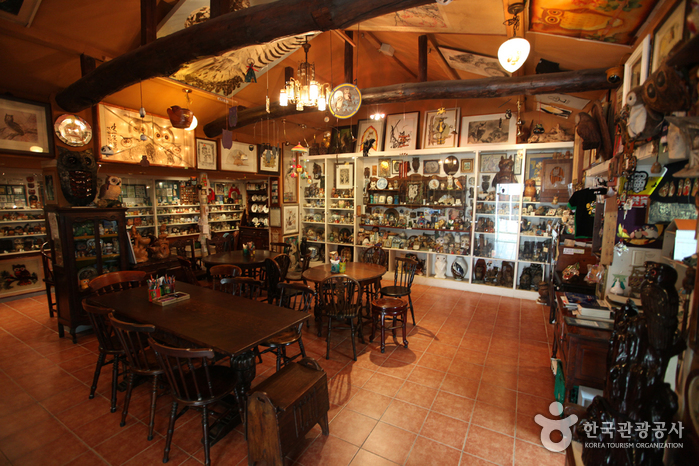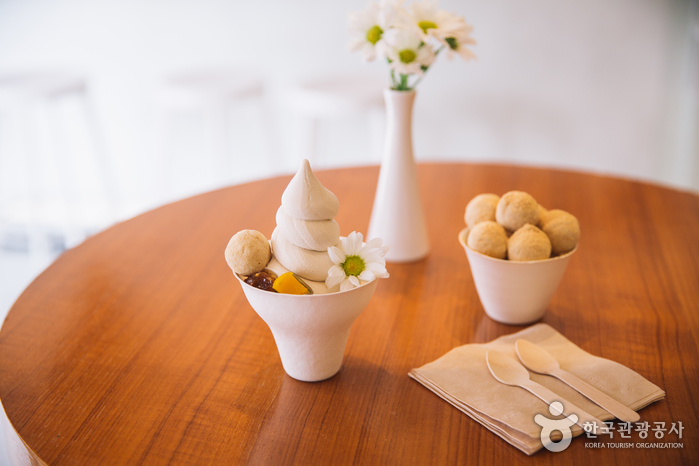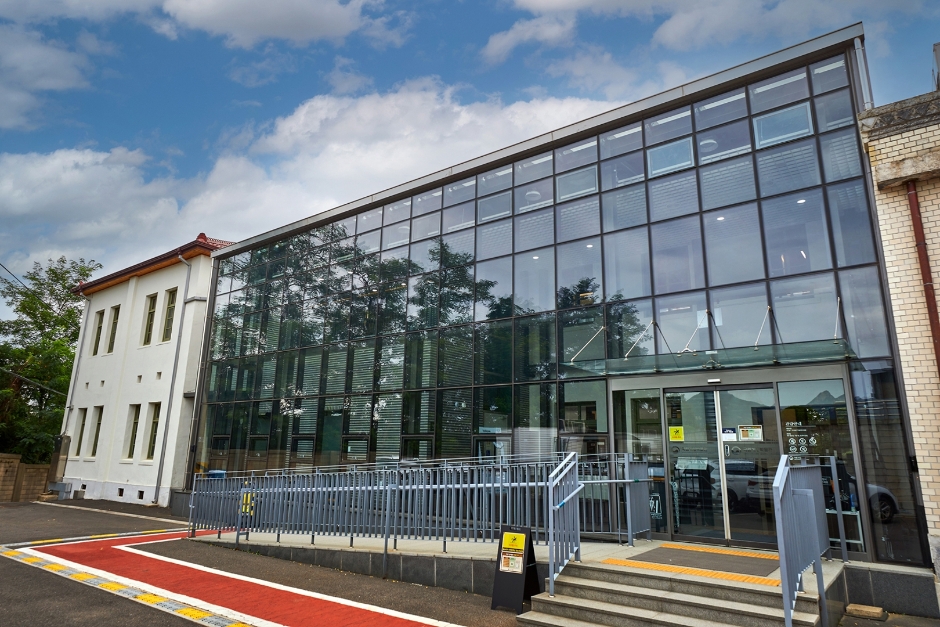Owl Museum (부엉이박물관)
8.4Km 2022-09-19
143, Bukchon-ro, Jongno-gu, Seoul
+82-2-3210-2902
The Owl Museum is filled with over 2,000 pieces of owl-themed arts and crafts collected from all over the world by the owner. Renovated from a house, the museum has a feel of an antique café as the owner offers a cup of coffee or tea to visitors. Located near the city, those interested in owls should stop for a view and a drink. Various stories of how the collection was gathered as well as information on owls are also interesting.
Sobok (소복)
8.4Km 2017-01-10
58, Eoulmadang-ro, Mapo-gu, Seoul
With its main branch located in Hongdae, Sobok is an ice cream shop that focuses on naturalism. The shop’s interior is designed with shades of white, presenting a light and neat atmosphere overall. Bingsu (shaved ice) and ice cream made of natural ingredients like rice and unpolished rice are served in unique plating.
Romi Story - Hongdae Branch [Tax Refund Shop] (로미스토리 홍대점)
8.4Km 2024-04-18
23, Wausan-ro 17-gil, Mapo-gu, Seoul
-
Runners Club - Ewha Womans Univ. Branch [Tax Refund Shop] (러너스클럽 이대)
8.4Km 2024-04-23
#103, 160, Sinchon-ro, Mapo-gu, Seoul
-
The Children’s Museum of the National Folk Museum of Korea (국립민속박물관&국립민속박물관 어린이박물관)
8.4Km 2025-06-19
37 Samcheong-ro, Jongno-gu, Seoul
The Children’s Museum of the National Folk Museum of Korea, located within Gyeongbokgung Palace, showcases artifacts related to Korean traditional culture. This interactive museum allows children to experience and learn about various aspects of Korean traditional clothing, food, society, culture, and games firsthand. Especially catering to children from Asian countries, there is a service for renting items, and reservations are required for admission.
Artbox - Ewha Womans Univ. Branch [Tax Refund Shop] (아트박스이대점)
8.4Km 2024-04-19
7, Ewhayeodae-gil, Seodaemun-gu, Seoul
-
Artbox - Ewha Womans Univ. Branch [Tax Refund Shop] (아트박스 이대)
8.4Km 2024-04-17
7, Ewhayeodae-gil, Seodaemun-gu, Seoul
-
National Meteorological Museum of Korea (국립기상박물관)
8.4Km 2024-03-26
52 Songwol-gil, Jongno-gu, Seoul
A museum where one can look at Korea's meteorological observation history and technological development through exhibitions. The museum has the world's first rain gauge, invented in 1441, in the early Joseon dynasty. The museum operates approximately 350 meteorological observatories across Korea and focuses on promoting the uniqueness and excellence of Korea's meteorological science. There are permanent collections and special exhibitions. The permanent collections focus on the history of meteorological science in Korea. At the same time, the special exhibitions take a closer look at the history and information about meteorological science and natural disasters (e.g., earthquakes) that occurred in various regions of Korea. There are experience programs related to meteorological science, such as making a rain gauge or learning about rain gauges.


![Romi Story - Hongdae Branch [Tax Refund Shop] (로미스토리 홍대점)](http://tong.visitkorea.or.kr/cms/resource/57/2890557_image2_1.jpg)
![Runners Club [Tax Refund Shop] (러너스클럽)](http://tong.visitkorea.or.kr/cms/resource/43/2891143_image2_1.jpg)
![Runners Club - Ewha Womans Univ. Branch [Tax Refund Shop] (러너스클럽 이대)](http://tong.visitkorea.or.kr/cms/resource/12/2889512_image2_1.jpg)


![Olens - Hapjeong Branch [Tax Refund Shop] (오렌즈 합정)](http://tong.visitkorea.or.kr/cms/resource/22/2878322_image2_1.jpg)
 English
English
 한국어
한국어 日本語
日本語 中文(简体)
中文(简体) Deutsch
Deutsch Français
Français Español
Español Русский
Русский